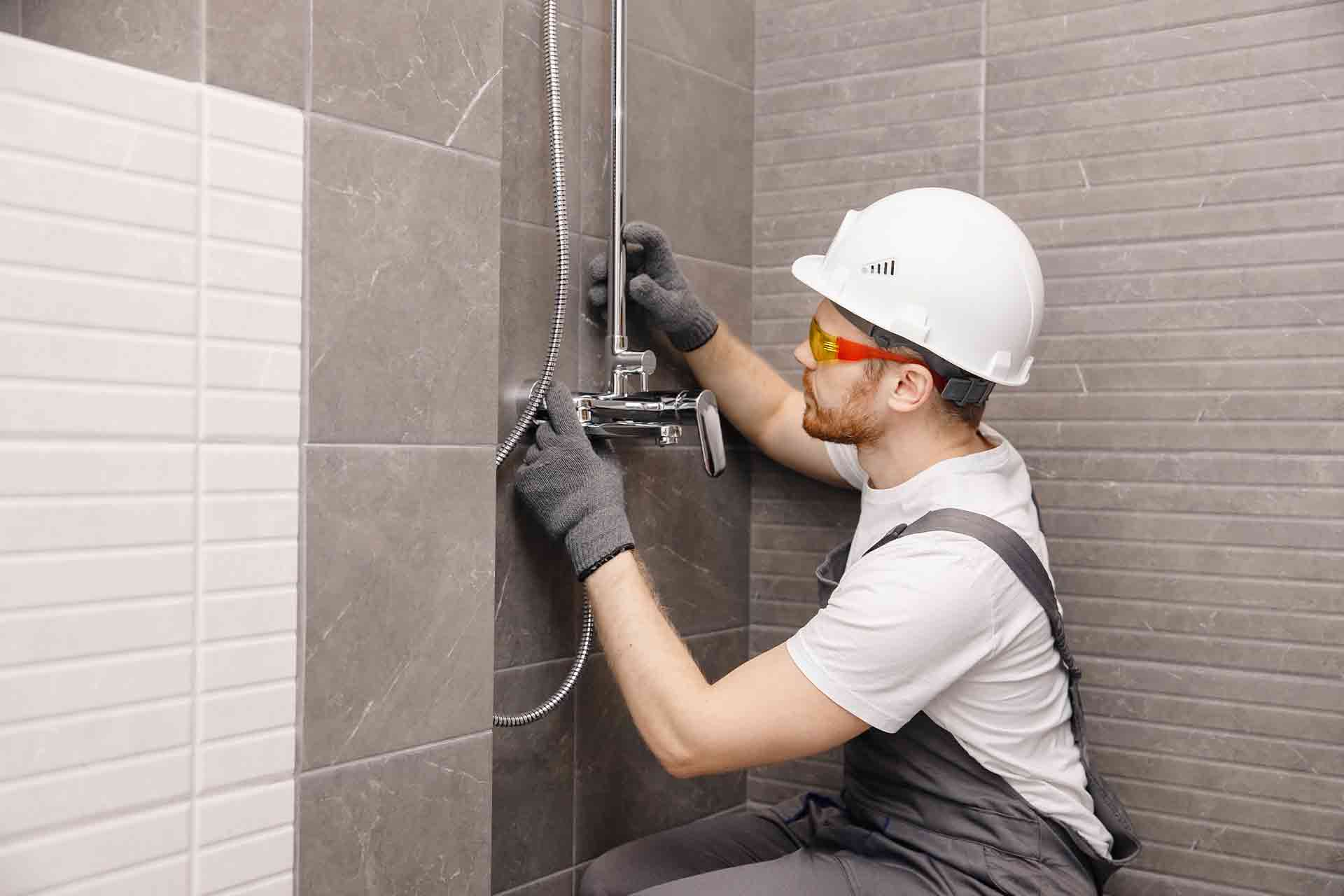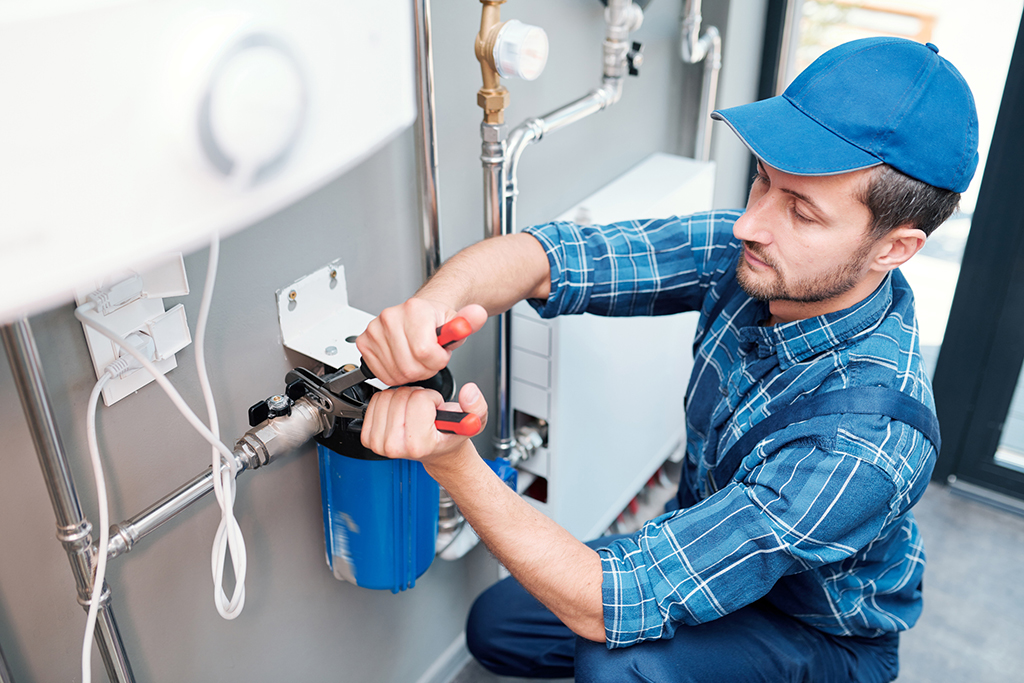When to Manage Plumbing Problems Solo vs. When to Hire a Qualified Plumber
When to Manage Plumbing Problems Solo vs. When to Hire a Qualified Plumber
Blog Article
What're your thoughts with regards to When to Call a Plumber? DIY or Professional Help?

Introduction
Plumbing issues can range from minor inconveniences to major migraines, often prompting house owners to choose in between dealing with the trouble themselves or calling an expert plumbing. Recognizing when to DIY and when to look for professional aid can save time, money, and prevent prospective disasters. This post explores the factors to consider when making this essential decision.
Advantages of DIY Pipes
Handling plumbing jobs yourself can be satisfying in several methods, specifically for easier jobs.
Intricacy of Jobs
Some plumbing problems need specific expertise and devices beyond normal house owner capabilities. Mishandling intricate troubles can result in more damage and pricey repair work.
Safety and security Issues
Dealing with pipes systems includes dangers such as direct exposure to water damage, capacity for electric hazards, and dealing with devices improperly. Security preventative measures must be observed to prevent mishaps and guarantee efficient repair services.
Indicators to Call a Specialist Plumber
Identifying when a pipes concern goes beyond do it yourself abilities is critical to stop getting worse issues.
Indicators of Complex Issues
Instances include:
Motivate expert intervention is needed to deal with these concerns efficiently and minimize damages.
Do It Yourself Plumbing Tips
For successful do it yourself plumbing, it's necessary to be prepared with the right devices and comply with proper procedures.
Fundamental Tools and Products
Secret tools for do it yourself pipes:
Step-by-Step Guides
Clear directions guarantee risk-free and reliable do it yourself fixings:
Selecting the Right Time to Do It Yourself
Establishing when to tackle pipes jobs yourself requires assessing both the intricacy of the problem and personal convenience degrees.
Evaluation List
Think about:
Cost Cost savings
Do it yourself plumbing projects commonly save money by preventing specialist service fees. Tasks like repairing small leaks, changing taps, or setting up new showerheads are examples where house owners can deal with repairs without hiring a plumbing.
Ability Enhancement
Taking part in do it yourself plumbing uses an opportunity to learn and improve useful skills. Fundamental tasks empower homeowners to understand their pipes systems far better and get confidence in managing tiny repair services separately.
Threats of Do It Yourself Pipes
While DIY tasks provide advantages, specific threats must be thoroughly taken into consideration before trying repair services.
When to Definitely Call an Expert
Certain circumstances require immediate experienced attention to avoid considerable damage or safety and security risks.
Emergency situation Scenarios
Instances include:
Searching for and Hiring an Expert Plumbing Technician
Selecting a certified plumbing professional guarantees trustworthy solution and assurance in resolving pipes concerns.
Standards for Choice
Aspects to take into consideration:
Price Analysis: do it yourself vs. Expert Providers
Comparing the economic implications of DIY initiatives versus professional plumbing solutions aids in making informed choices.
Financial Considerations
Evaluate:
Conclusion
Choosing whether to DIY or call a professional plumbing hinges on recognizing the complexity of plumbing issues and personal capacities. By considering the advantages and threats, home owners can make educated options that promote effective maintenance and guard their homes from pipes disasters.
DIY vs. Professional Plumbing Repairs: When to Call a Pro
When dealing with plumbing issues or embarking on renovation projects, homeowners have to decide whether or not they want professional help with their home’s plumbing system. While master plumbers can complete just about any plumbing project, they can cost a pretty penny. On the other hand, DIY plumbing projects can very quickly go awry, which can make things worse.
In this blog, we’ll explore common plumbing projects that homeowners can confidently tackle, provide insights into the essential tools needed, and discuss critical DIY mistakes to avoid. Understanding these distinctions not only helps in maintaining the efficiency and longevity of your home’s plumbing system but also ensures safety and cost-effectiveness in your repair endeavors.
Installing/Replacing Certain Plumbing Fixtures
Most homeowners should be able to install new plumbing fixtures or replace old ones that are damaged or old. Using basic tools, you should be able to effectively:
Replace faucet washers or cartridges Replace showerheads Install a new toilet seat Hook up new appliances Replace hose bibbs Unclogging Drains
You should also be able to fix any clogged drains within your home by using a plunger, plumber’s snake, or natural solutions like baking soda and vinegar. These can often clear clogged sinks or bathtubs without needing professional drain cleaning assistance.
Fixing Running Toilets
Another plumbing issue many homeowners may be able to handle is a running toilet. Toilets may run more than they should due to a faulty flapper or float inside the tank. Toilet replacement parts are easy to find and often come with easy-to-follow instructions.
Repairing Leaky Faucets
A dripping faucet can not only be an annoyance, but it can also be a waste of water. Leaky faucets can normally be fixed with basic tools and a basic understanding of how they work, making them easy to fix.
Adjusting Water Heater Temperature
If you are able to follow basic safety precautions, you should be able to adjust the temperature on your hot water heater, which can improve your home’s energy efficiency and also increase comfort.
Fixing Minor Leaks in Pipes
For small plumbing leaks, particularly ones at pipe joints, using plumbing tape or a patch kit can be a temporary fix while you decide on a more permanent solution. Repairing broken pipes, however, can be more difficult and may require professional attention.

As a keen person who reads on DIY Plumbing Projects and When to Call a Professional, I thought sharing that segment was worth the trouble. Appreciated our article? Please quickly share it. Help someone else locate it. Thank you for being here. Revisit us soon.
See Availability Report this page